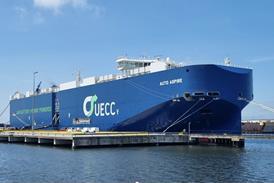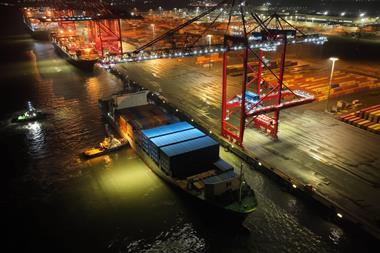
by Marcia McLeod
The need to improve shipment density and load utilisation is the biggest concern among both 3PLs and their shipper customers, according to the 2010 3PL Survey carried out by Capgemini, Panalpina and EyeforTransport. There are also concerns about predictability in delivery and a lack of trust in sharing data according to respondents.
Out of 746 respondents, 76% of 3PLS and 74% of shippers agreed that better load utilisation would lead to more efficient and thus more cost-effective logistics.
The next two biggest issues for logistics professionals were the need to reduce logistics costs (cited by 73% of 3PLs and 69% of shippers) and development of contingency plans for supply chain disruption (70% of 3pls and 68% of shippers).
However, 3PLs were less involved in cost reduction, from a shipper’s point of view, than expected. Nearly 90% of shippers preferred to improve their distribution centre processes as a key part of their cost reduction strategies, but only 53% involved the use of their 3PLs.
Total landed cost of a shipment presented another key concern, as only 50% of shippers seem to know what this is. The necessary data is not always available and, even if it is, the shipper, and their 3PL, rarely have time to analyse the data properly, or know how to do so.
Outsourcing logistics is still extremely popular, with 65% of shippers increasing their use of 3PLs. However, 46% have reduced the number of 3PLs used and 24% have taken their logistics operations back in-house.
One of the problems with outsourced logistics is the discrepancy between what the shipper wants and what the 3PL provides, or promises to provide. The two often disagree on the level of service that is being provided, despite the fact that shippers agree there is increased transparency, openness and communications from their 3PL.
“There is still a huge gap between what the shipper wants and what the 3PLs are doing,” said Michael Canon, chief commercial officer of Dubai World Centre, a complex of industrial and logistics parks near Jebel Ali port. “Predictability in delivery is not there. There is a lack of trust in sharing data and in the quality assurance of data. There is also a lack of desire of either party to do anything about it. And there is still a huge gap in the use of IT and the ability of systems to support the business.”
Collaboration does not always work. Nearly 60% of shippers claim to realise only a 5% (or less) cost saving from collaboration. This could be because there is less openness and trust than needed. Collaboration is more advanced in automotive than in most industry sectors, one automotive expert said, but still does not achieve the cost savings shippers would hope for.
Comments from Peder Winther, CEO of Samskip, sum up the problem. “There is too much stop-start logistics,” he said. “We need to have clear two-way communications with shippers about trading conditions, so we can understand each others’ problems. Service level agreements need to include weekly, even daily, fluctuations; a ‘carrot and stick’ approach needs to be implemented, in both directions.
“I expect visibility and agility in the supply chain to increase, but 3PLs and the shippers both need to invest in additional resources for forecasting. The service provider can no longer take most of the risk.”
































